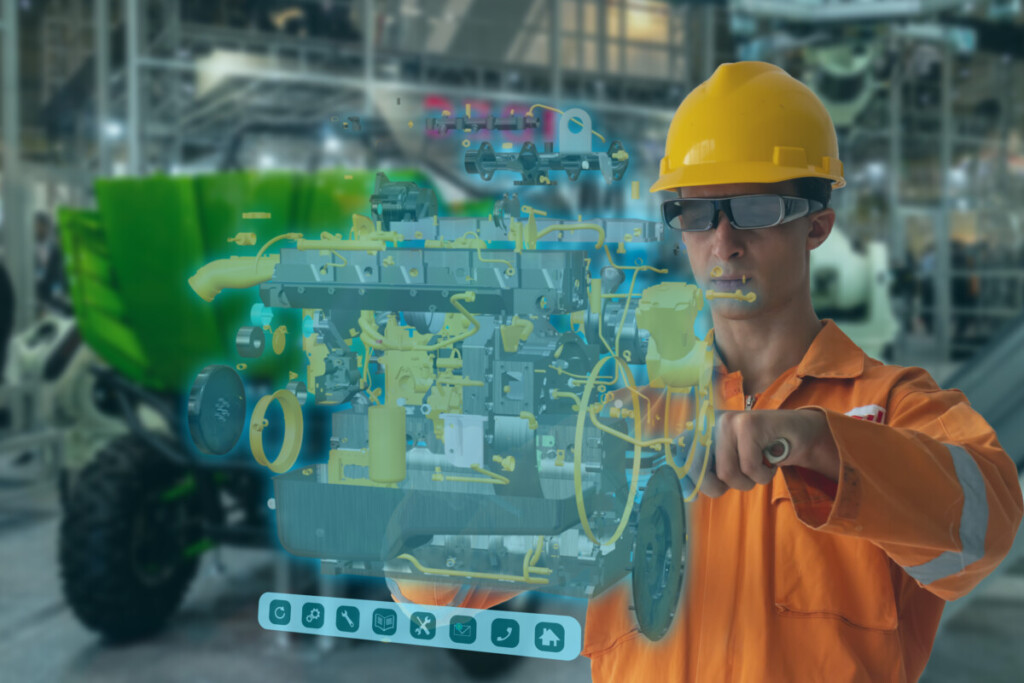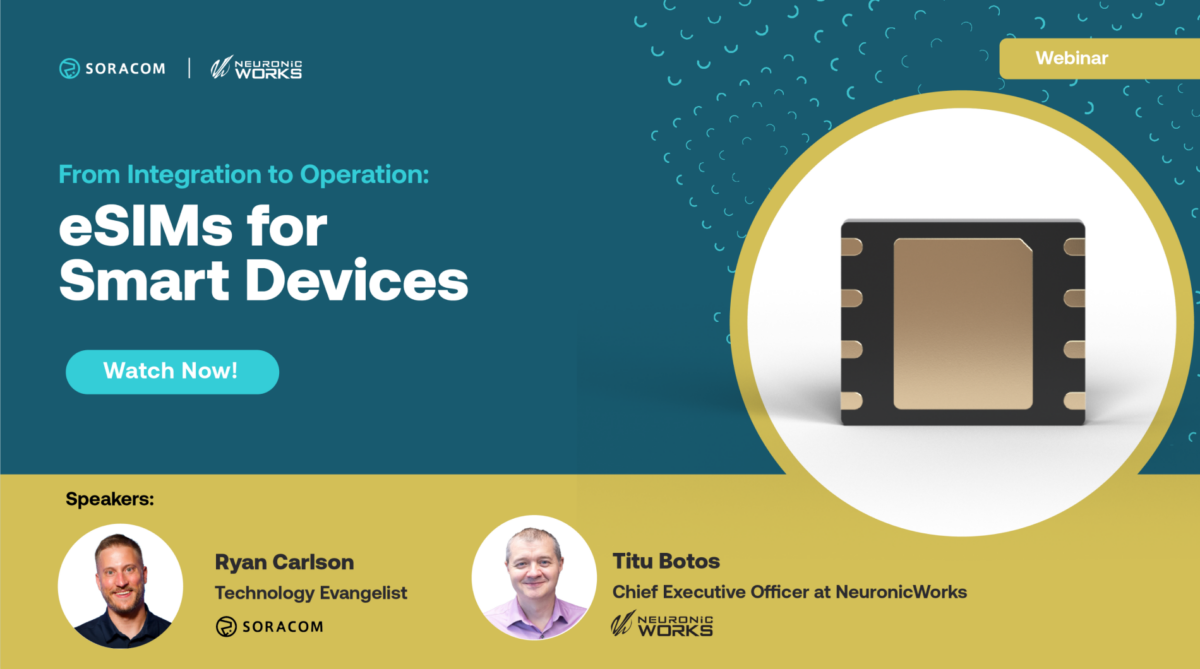Conversations in Connectivity Podcast – Episode 6: Making Digital Twins More Accessible

Welcome back to Conversations in Connectivity, our IoT podcast that hopes to illuminate some of the ways that smart devices and technologies are powering the modern world by speaking with the people who are making it happen.
Find us on Apple Podcast, Buzzsprout, and Spotify.
In This Episode – 3D Scanning Technologies Making Digital Twins More Accessible with Brittany Schramm of Matterport
This week, we’re talking about a technology that may seem only a few steps away from the holodeck from Star Trek – where virtual environments are so real that they can have a tangible impact on the physical world. Digital Twins are reshaping the way we build and deploy technologies and processes.
By using high-fidelity 3D images, modern Digital Twin technologies allow users to manipulate images from multiple angles and see multiple data points visually superimposed on a different layer of augmented reality. This data streams in from various sensors that may not talk to one another but still centrally report in from the PLCs, IoT sensors, equipment status alarms, and granular condition monitoring subsystems – and that is really exciting.
As we discussed in Episode one about the digitization of workforce knowledge, sometimes we need to see all of the different contextual data points to really understand why something is happening.
The technology for generating these large visual 3D representations of a physical space is rapidly evolving. For years we’ve been able to look at photos and have 3D designers create a digital representation — trade show booths, home builders, and architectural firms have been selling their ideas for decades now. That’s not what we’re talking about — the technology we’re going to discuss is how we can digitally recreate a physical space that already exists in 3D In a matter of minutes to hours, depending on the size of the facility.
In this interview, we speak with Brittany Schramm from Matterport, a company that specializes in 3D image capture software and technology that creates some of the highest fidelity scans of an industrial facility that I have ever seen.
When we met at the IoT in Oil and Gas show this past September, she showed some demos of Matteport’s work, and I was, blown away. Digital twins and augmented reality have really grown from a novel curiosity into something far more valuable. The modern world is finding it increasingly necessary to combine data from physical assets into applications and IT infrastructure to improve operations.
This can produce business-critical insights that help companies actually stand out amongst the competition because it’s not just people in a room guessing: “this is what is wrong” or “this is what people want.” It’s making informed decisions based on what’s actually happening in the real world and exploring the power of new technologies like machine learning and AI to quickly analyze digital simulations and arrive at those answers.

If You Like Our Podcast, Check Out Our Other Media Projects
The podcast is one of several projects run by the Soracom Media Lab. An initiative with a mandate to create relevant educational and inspirational audio and video content and make it available on the platforms that people already go to get exposure to new ideas about connectivity. Check out long-form videos on our YouTube channel, short-form videos on Instagram, social media platforms like LinkedIn, and how-to videos on various technical forums.
………………
Got a question for Soracom? Whether you’re an existing customer, interested in learning more about our product and services, or want to learn about our Partner program – we’d love to hear from you!





